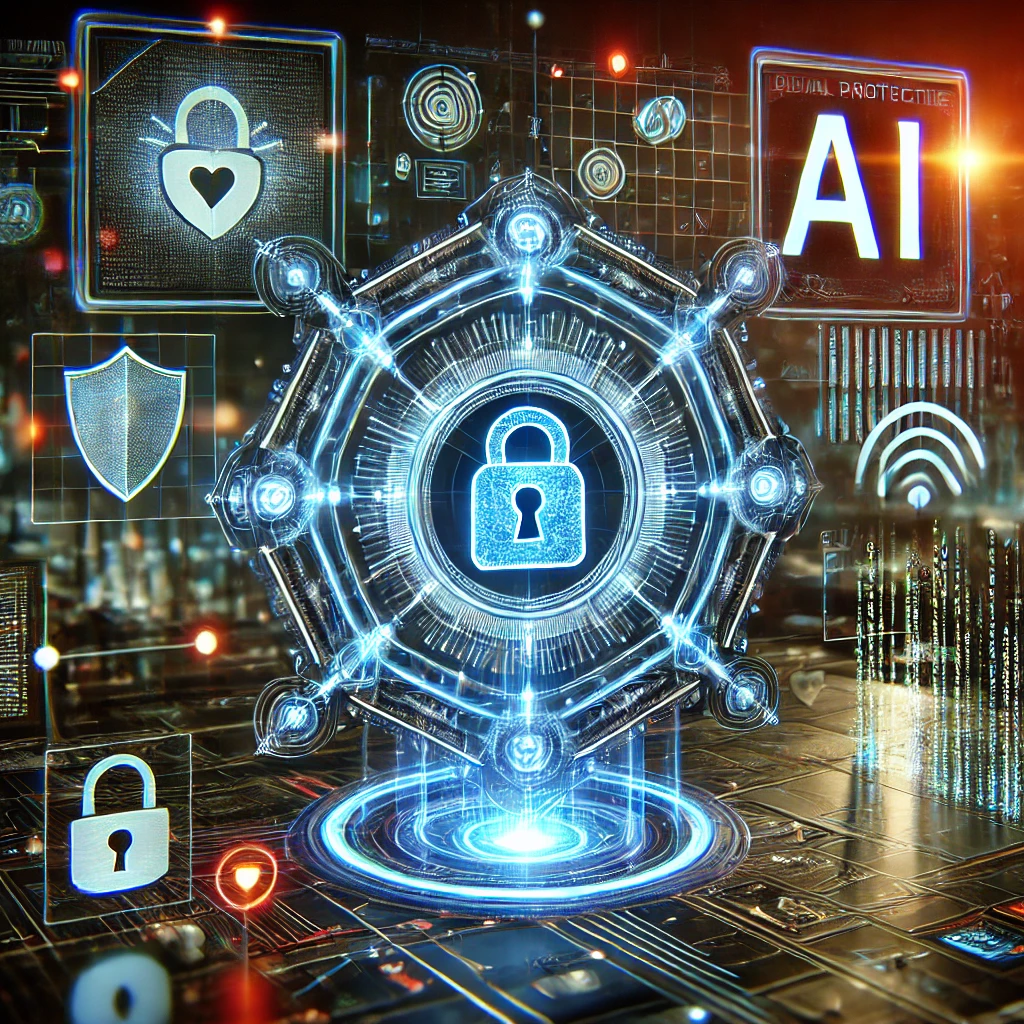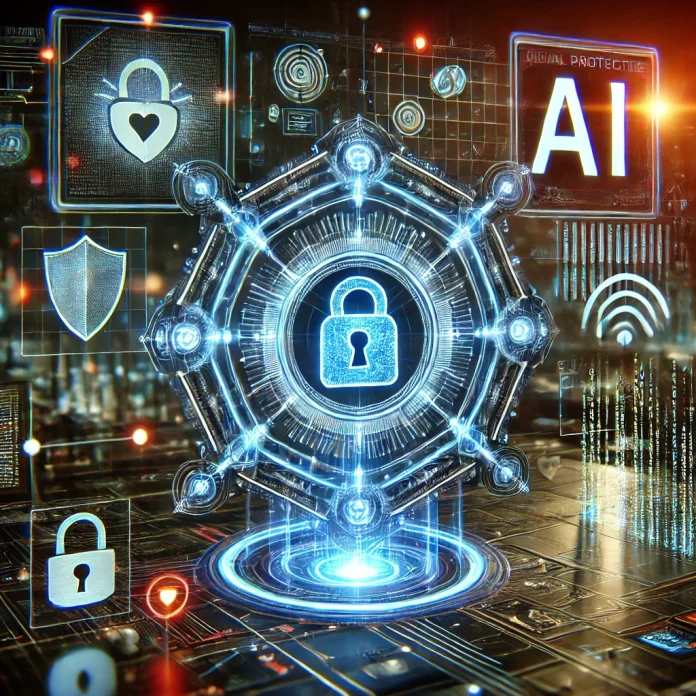The world of cybersecurity in 2024 is more critical and complex than ever before, as technological advances have drastically changed the threat landscape. While 2023 was marked by a surge in artificial intelligence (AI) innovation with the motto “AI or Die,” 2024 has shifted to a new, pressing reality: “Cybersecurity or Die.” As generative AI capabilities expand, both businesses and cybercriminals are adapting at breakneck speed, creating an unprecedented race to secure digital environments.
AI: A Double-Edged Sword in Cybersecurity
AI has transformed both defensive and offensive strategies in the realm of cybersecurity. On one hand, it has empowered organizations to fortify their systems with machine learning models that detect anomalies, respond to threats, and predict future vulnerabilities. Automated threat detection powered by AI enables faster and more accurate responses, ensuring that businesses can mitigate risks in real-time.
However, the same technology has emboldened cybercriminals, who now leverage AI to launch increasingly sophisticated attacks. Generative AI models can create realistic phishing emails, mimic trusted websites, and even design convincing malware. The barriers to entry for orchestrating attacks have been lowered, as would-be attackers can use publicly available AI tools to automate complex hacking techniques.
Generative Adversarial Networks (GANs) and Their Role in Cyberattacks
One of the most concerning trends in 2024 is the rise of AI-driven cyberattacks using Generative Adversarial Networks (GANs). These networks, originally developed for creative purposes such as generating hyper-realistic images, are now being repurposed by malicious actors.
GANs can create powerful malware capable of evading traditional detection methods by constantly modifying their code to avoid signature-based security systems. The adaptability of GANs means that security teams must also evolve to match their pace, necessitating more sophisticated and responsive countermeasures.
The Human Element: A Vital Yet Vulnerable Link
Despite advances in technology, the human element remains a crucial component of cybersecurity. Phishing attacks are increasingly convincing due to AI’s ability to personalize messages and mimic legitimate communications.
In 2024, training and awareness programs are more important than ever to help employees recognize and respond to these advanced threats. Companies are investing heavily in upskilling their workforce and integrating AI-driven simulation tools to reinforce training and response protocols.
The Urgency for Zero-Trust Architectures
In response to the heightened threats, more organizations are moving toward Zero-Trust security frameworks. Unlike traditional models, which rely on perimeter defenses, Zero-Trust operates on the principle that no entity—whether inside or outside the network—should be trusted by default.
With the increase in AI-driven cyberattacks, adopting a Zero-Trust model ensures that access to sensitive data and systems is granted only after robust verification at multiple checkpoints. This layered security approach has proven to be one of the most effective ways to combat evolving cyber threats.
Collaboration and Policy: Strengthening Global Defenses

To combat the growing threat landscape, governments, industry leaders, and tech companies are collaborating more closely to establish stronger cybersecurity protocols and frameworks. In 2024, international alliances and public-private partnerships are focusing on enhancing threat intelligence sharing and setting universal standards for cybersecurity resilience. The emphasis on cooperative defense measures reflects the interconnected nature of the digital economy, where a breach in one region can have global implications.
Preparing for the Future
Looking ahead, the motto “Cybersecurity or Die” is more than just a catchphrase; it’s a call to action. Organizations must continuously adapt their security strategies, leveraging both advanced technology and human vigilance. The era of AI-driven cyber threats has underscored the need for a comprehensive approach that combines proactive defense, robust response capabilities, and global collaboration.
In a world where cyber risks are escalating alongside technological innovation, the future will belong to those who prioritize security as a fundamental part of their digital operations. Businesses, governments, and individuals alike must understand that in 2024 and beyond, cybersecurity is not optional—it’s a matter of survival.



